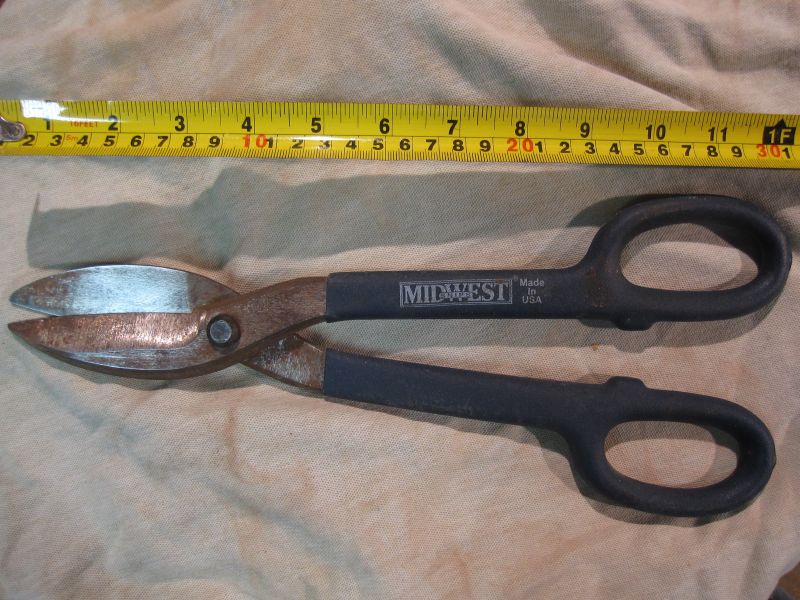Question
I have been doing custom woodworking for several years and now I am starting to get into doing some cabinets and would like to know the process and the best materials in finishing white cabinets. I have always gone with stains with polyurethane or lacquer. I would like to practice the technique before I go live with white cabinets for clients.
Forum Responses
(Finishing Forum)
From contributor H:
My personal opinion is that if a customer wants solid white cabinets, build some European style cabinets out of white melamine. But I realize that many customers don't like that idea.
We've had the best luck using maple wood and a white pigmented conversion varnish. You have to make sure that even the smallest crack is properly filled, or you'll get little holes and cracks in your finish. It is a little tricky and takes at least three good coats to get it to look completely white.
When a customer wants a white-wash type finish like a pickled oak, or a raw maple wood look, what works best is to thin down some white vinyl sealer about 6 to 1 with acetone and just spray it as a dye stain. Then just spray your finish on top of it. Diluting it 12:1 with acetone and spraying it on maple gives quite a good result. It won't even look like you've sprayed anything on the maple, and your maple won't give that yellow look when you clear coat it. We had one customer think she didn't even have finish on her cabinets because it looked exactly like raw maple.
The nice thing about using latex is that when you have to match existing trim work in the house it is available. Also when you go to the paint store they can color match latex to any color possible. I personally don't have a good enough supplier who can color match lacquers for me.
I just use a good gravity cup gun. I usually thin the latex with about a 1/4 cup of water or less in a gallon of latex. But every type of latex is a different amount. I use Dunn Edwards Permasheen.
Also the 2 part ML campbell Polystar system is really nice over MDF. But again, I have a much harder time since I don't know anybody who can color match it for me. They can make me colors, but not color match. It doesn't make wood look like plastic either, but it is very smooth.
If by "smooth" you mean the pores are not filled, then you need another coat of primer before going to the topcoats. If the finish has some roughness, then it's a spray application problem.
You don't have to sand before the first coat of primer and can save yourself that step. Once the first coat of primer dries, fill any defects and sand the surface flat. Don't worry too much about sand-throughs (especially on woods that have significant pore structure or soak up a lot of the primer; e.g., birch ply, alder, poplar, etc.)
With the first coat sanded flat, spray a second coat of primer, let it dry, and sand flat. Try not to sand through on the second coat. You should have a flat, smooth surface with no signs of grain/pore patterns. Most primers have pretty high solids content and two coats are all you need to get a flat surface. Now you're ready for the paint. Two coats of paint with a light scuff sanding between coats should do the job.
